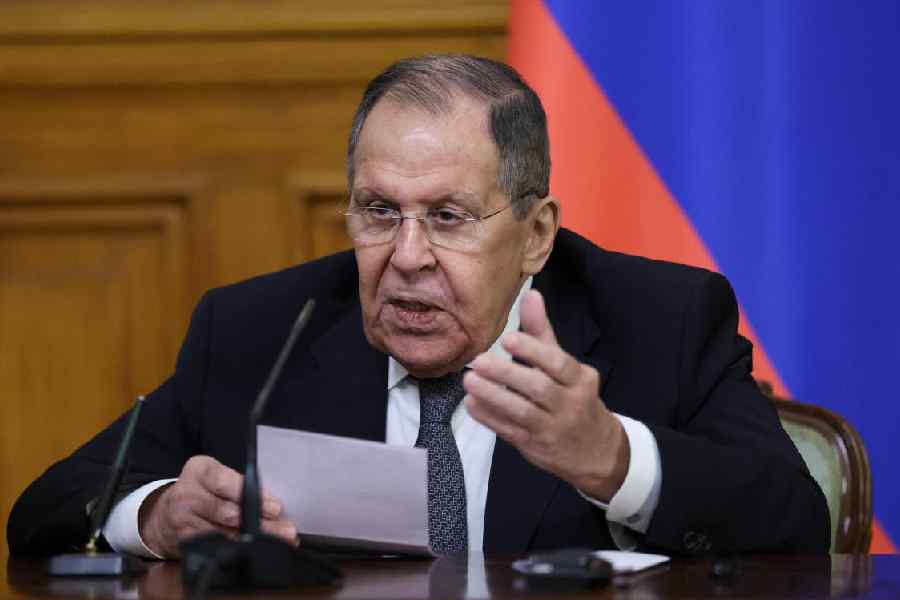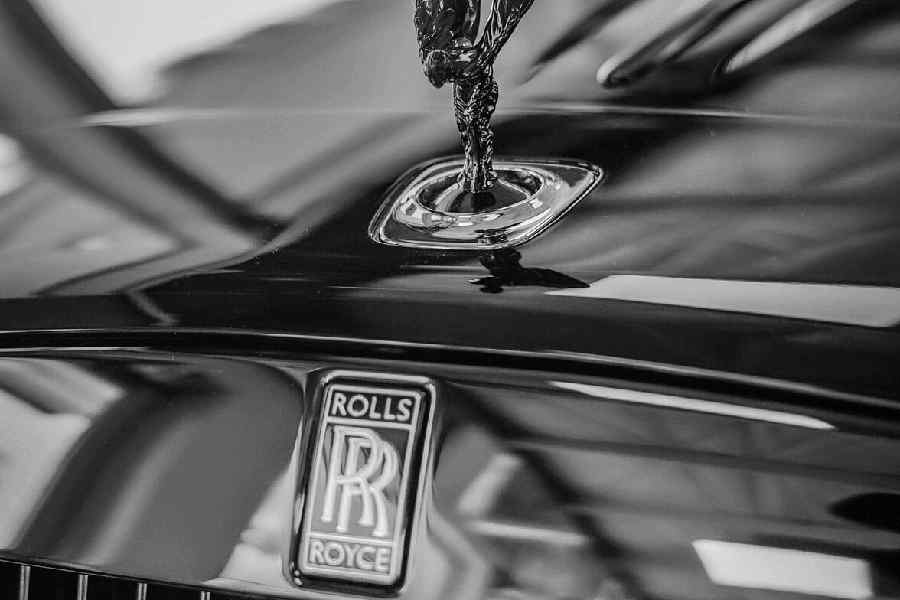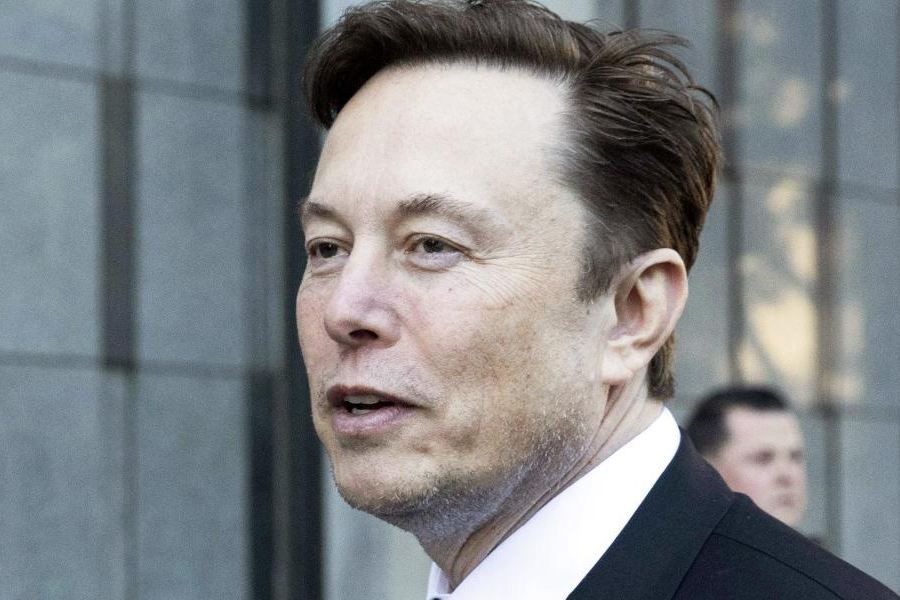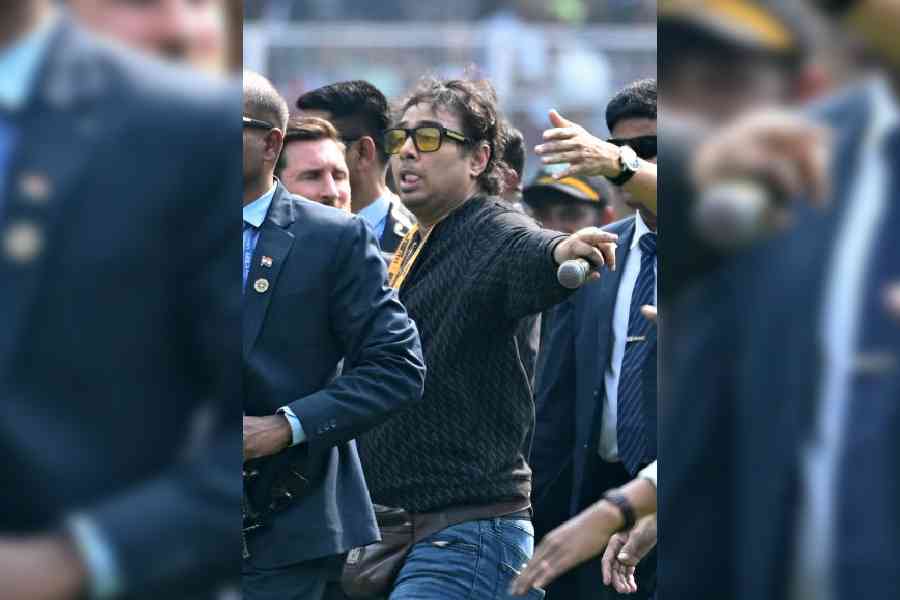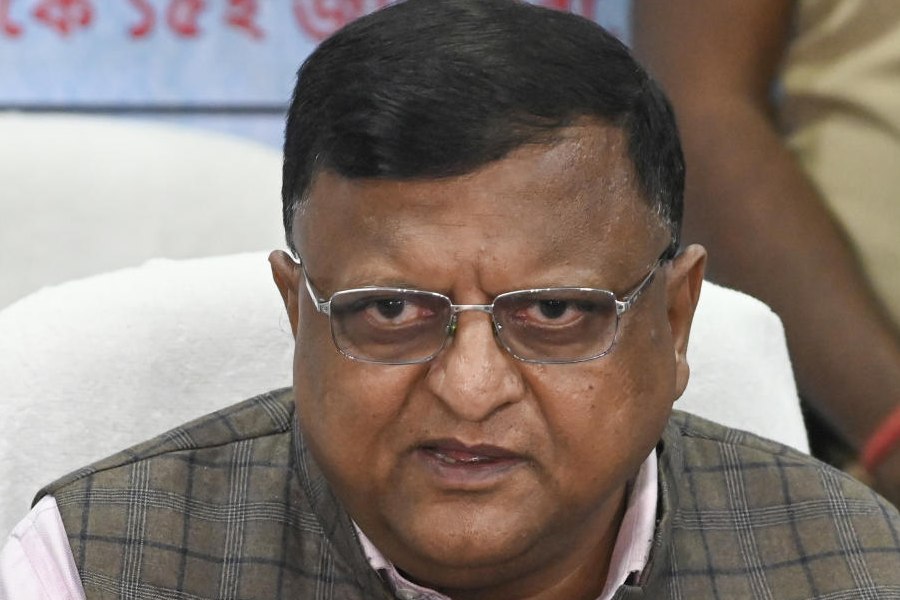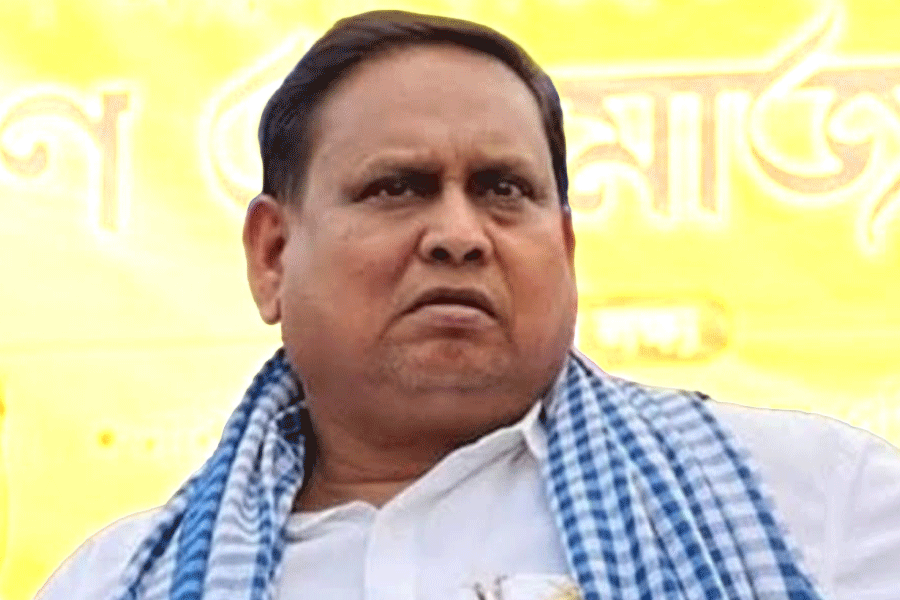 |
The following are excerpts from Part B (tax proposals) of Arun Jaitley’s budget speech.
In the interim Budget 2014-15, my predecessor had set revenue collection targets for direct taxes as well as indirect taxes, which appear to be ambitious. I propose to retain these targets and it shall be my endeavour to achieve the same. While preparing the tax proposals, I had to encounter the challenge of an extremely limited fiscal space. Nonetheless, I propose to introduce measures to revive the economy.
DIRECT TAXES
I do not propose to make any change in the tax rate. However, with a view to provide relief to small and marginal taxpayers and senior citizens, I propose to increase personal income tax exemption limit by Rs 50,000. The education cess for all taxpayers shall continue at 3 per cent.
Home high
Housing continues to be an area of concern for the middle and lower middle class due to high cost of financing. Therefore, to reduce this burden, I propose to increase the deduction limit on account of interest on loan in respect of self occupied house property from Rs 1.5 lakh to Rs 2 lakh.
Manufacturing
This sector has multiplier effect on creation of jobs. Considering the need to incentivise smaller entrepreneurs, I propose to provide investment allowance at the rate of 15 per cent to a manufacturing company that invests more than Rs 25 crore in any year in new plant and machinery. This benefit will be available for three years i.e. for investments upto 31.03.2017.
Power play
Supply of power continues to be a major area of concern for the country. Therefore, instead of annual extensions, I propose to extend the 10-year tax holiday to the undertakings which begin generation, distribution and transmission of power by 31.03.2017.
Dividend dollop
The concessional rate of tax at 15 per cent on dividends received by Indian companies from their foreign subsidiaries has resulted in enhanced repatriation of funds from abroad. I propose to continue with this concessional rate of 15 per cent on foreign dividends without any sunset date. This will ensure stability of taxation policy.
Mutual funds
In the case of mutual funds, other than equity oriented funds, the capital gains arising on transfer of units held for more than a year is taxed at a concessional rate of 10% whereas direct investments in banks and other debt instruments attract a higher rate of tax. This allows tax arbitrage opportunity. With a view to remove this, I propose to increase the rate of tax on long term capital gains from 10 per cent to 20 per cent on transfer of units of such funds.
Dividend tax onus
In 2003, the tax liability on income by way of dividends was shifted from the shareholder to the company. The shareholder was required to pay tax on the gross dividends, but now the company pays tax on the dividend amount net of taxes. In the case of mutual fund, income distribution tax is paid on the income distributed net of taxes. I propose to remove this anomaly both in the case of the company and the mutual fund.
DTC waits
The Direct Taxes Code Bill, 2010 has lapsed with the dissolution of the 15th Lok Sabha. The government will also review the DTC in its present shape and take a view in the whole matter.
Add them up
The focus of any tax administration is to broaden the tax base. Our policy thrust is to adopt non-intrusive methods to achieve this objective. In this direction, I propose to make greater use of information technology techniques. The net effect of the direct tax proposals is revenue loss of Rs 22,200 crore.
InDIRECT TAXES
CUSTOMS
Manufacturing sector is under stress due to a variety of reasons. To boost domestic manufacture as also to address the issue of inverted duties, I propose to reduce the basic customs duty (BCD) on:
Fatty acids, crude palm stearin, RBD and other palm stearin, specified industrial grade crude oils from 7.5 per cent to nil for manufacture of soaps and oleo-chemicals;
Crude glycerine from 12.5 per cent to 7.5 per cent and crude glycerine used in the manufacture of soaps from 12.5 per cent to nil
Steel grade limestone and steel grade dolomite from 5 per cent to 2.5 per cent; Battery waste and battery scrap from 10 per cent to 5 per cent; coal tar pitch from 10 per cent to 5 per cent; specified inputs for manufacture of spandex yarn from 5 per cent to nil.
Electronics
The demand for electronics is growing very fast. To boost domestic production and reduce our dependence on imports, I intend to take the following steps:
Impose basic customs duty at 10 per cent on specified telecommunication products that are outside the purview of the Information Technology Agreement;
Exempt all inputs/components used in the manufacture of personal computers from 4 per cent special additional duty (SAD)
Impose education cess on imported electronic products to provide parity between domestically produced goods and imported goods
Exempt 4 per cent SAD on PVC sheet and ribbon used in smart cards.
TV turn-on
Cathode ray TVs are used by weaker sections who cannot afford to buy more expensive flat panel TVs. I propose to exempt colour picture tubes from basic customs duty to make cathode ray TVs cheaper. At the same time, to encourage production of LCD and LED TVs below 19 inches, I propose to reduce the basic customs duty on LCD and LED TV panels of below 19 inches from 10 per cent to Nil.
Steel shield
The domestic stainless steel industry is presently suffering from severe under-utilisation of capacity. I propose to increase the basic customs duty on imported flat-rolled products of stainless steel from 5 per cent to 7.5 per cent.
Coal comfort
At present, coal attracts customs duties at different rates. I propose to rationalise the duty structure on all non-agglomerated coal at 2.5 per cent basic customs duty and 2 per cent CVD. Henceforth, anthracite coal, bituminous coal, coking coal, steam coal and other coal will attract the same duty.
Metallurgical coke is manufactured out of coking coal. The basic customs duty on metallurgical coke is being increased from Nil to 2.5 per cent in line with the duty on coking coal.
Smooth sailing
Ships imported for breaking up attract basic customs duty at 5 per cent. As against this, melting scrap of iron or steel attracts basic customs duty at 2.5 per cent. I propose to rationalise the duty on ship breaking scrap and melting scrap of iron or steel by reducing the basic customs duty on ships imported for breaking up from 5 per cent to 2.5 per cent.
Diamond dazzle
Semi-processed, half cut or broken diamonds are presently exempt from basic customs duty. To prevent misuse and avoid assessment disputes, the duty is being rationalised at 2.5 per cent. To encourage exports, pre-forms of precious and semi-precious stones are being fully exempted from basic customs duty.
Garments
To encourage exports of readymade garments I propose to increase the duty free entitlement for import of trimmings, embellishments and other specified items from 3 per cent to 5 per cent of the value of their exports.
Baggage boost
The free baggage allowance under the baggage rules was last revised in 2012. As a measure of passenger facilitation, I propose to increase the free baggage allowance from Rs 35,000 to Rs 45,000.
EXCISE
Munch on
To incentivise expansion of processing capacity, I propose to reduce the excise duty on specified food processing and packaging machinery from 10 per cent to 6 per cent.
Best foot forward
As a measure of relief to the footwear industry, most of which are in SME sector, I propose to reduce the excise duty from 12 per cent to 6 per cent on footwear of retail price exceeding Rs 500 per pair but not exceeding ` 1,000 per pair. Footwear of retail price up to ` 500 per pair will continue to remain exempted.
Hand in glove
To encourage sports, I propose to prescribe a concessional excise duty of 2 per cent without Cenvat benefit and 6 per cent with Cenvat benefit on sports gloves.
Smoke alarm
I propose to increase the excise duty on cigarettes in the range of 11 per cent to 72 per cent. Similar increases are proposed on cigars, cheroots and cigarillos. Likewise, the excise duty is being increased from 12 per cent to 16 per cent on pan masala, from 50 per cent to 55 per cent on unmanufactured tobacco and from 60 per cent to 70 per cent on gutkha and chewing tobacco.
Fizz fear
I also propose to levy an additional duty of excise at 5 per cent on aerated waters containing added sugar. These are healthy measures and I hope everyone would welcome them from the point of view of human and fiscal health.
Service TAX
In recent times, among indirect taxes, service tax has shown the highest rate of growth. Since my overall objective is to prepare the indirect tax regime for a smooth transition to Goods and Services Tax (GST), changes have been kept minimal. To broaden the tax base in Service Tax, it is necessary to prune the negative list and exemptions to the extent possible.
Online ads
Accordingly, the negative list has been reviewed and service tax leviable currently, on sale of space or time for advertisements in broadcast media, is being extended to cover such sales on other segments like online and mobile advertising. Sale of space for advertisements in print media however would remain excluded from service tax.
Cab call
Similarly, tax is being proposed on the service provided by radio-taxis to place them on par with rent-a-cab service. Certain exemptions are being withdrawn, including those extended to services by AC contract carriages.
Travel & tourism
To encourage growth in the transport of goods through coastal vessels, the tax incidence is being reduced. In response to the request of the tourism sector, services provided by Indian tour operators to foreign tourists in relation to a tour wholly conducted outside India is being taken out of the tax net.
Health services
Since taxes should not come in the way of safe disposal of medical and clinical wastes, services provided by common bio-medical waste treatment facilities are being exempted.
Add them up
My tax proposals on the indirect taxes side are estimated to yield Rs 7,525 crore.
 |


